Intro
The Yuta horse is a small horse breed indigenous to Bhutan and one of the handful of breeds found in the country. They are incredibly hardy and their placid temperament is preferred to donkeys as pack animals.
Read more
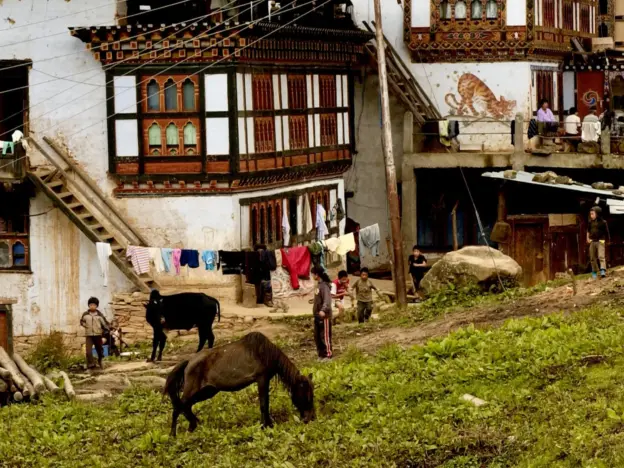
The Yuta horse is a small horse breed indigenous to Bhutan and one of the handful of breeds found in the country. They are incredibly hardy and their placid temperament is preferred to donkeys as pack animals.
Read more
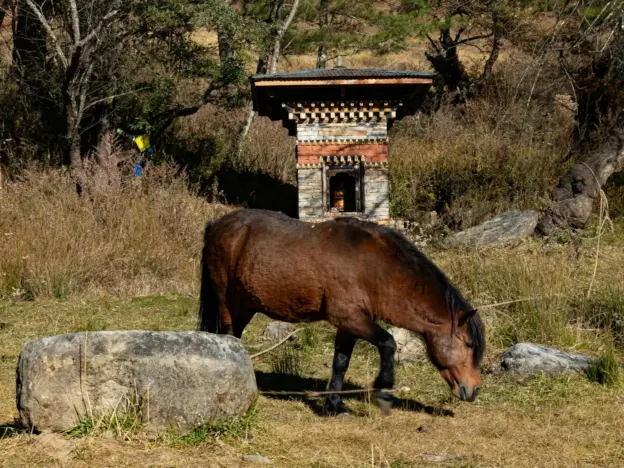
The Boeta horse is a robust pony type that originates from the sturdy ponies of Tibet. Now among the three breeds reported to the DAD-IS for Bhutan.
Read more
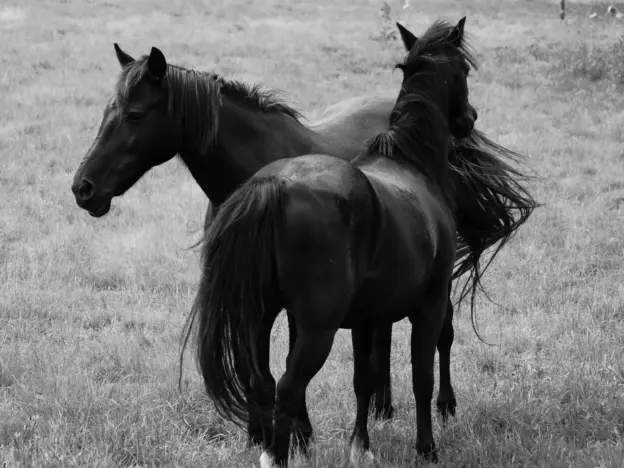
Also known as Belgische Rijpony and Poney de Selle Belge, the Belgian Saddle Pony is a relatively recent breed and mainly used under saddle.
Read more

The Austrian Warmblood comes from an area that has long been known for creating fine horseflesh (including the handsome Kladruber and the ethereal Lipizzaner).
Read more
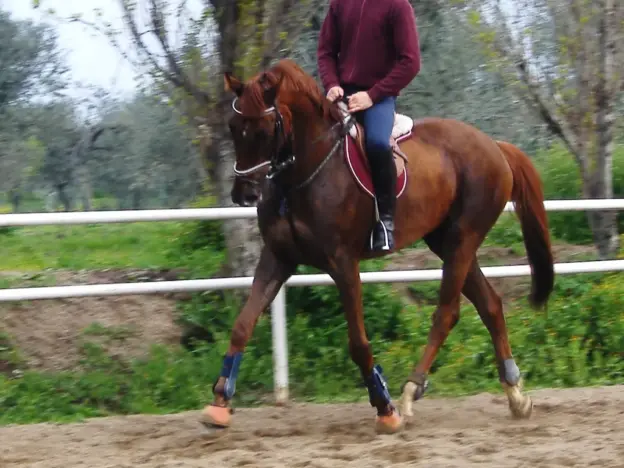
As the name suggests, the Anglo-Arabo-Sardo, Sardinian Anglo-Arab or Giarab comes from the island of Sardinia in Italy.
Read more
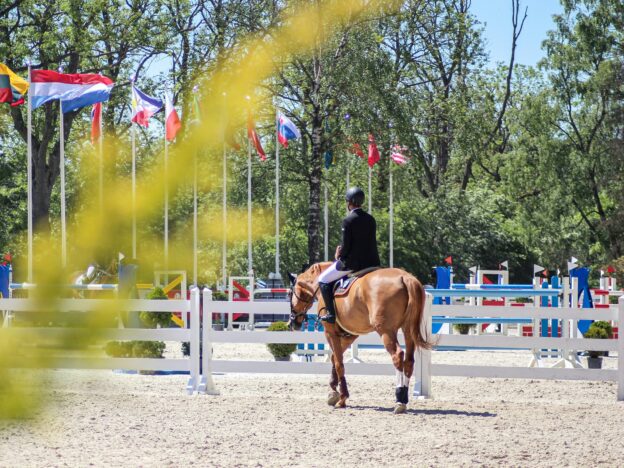
The Wielkopolski, Poznan or Great Poland Horse is a light riding and driving horse that was created in the 19th century in Poland. In the beginning they were called the Poznan Horse, named for Great Poznan Country from which it comes.
Read more
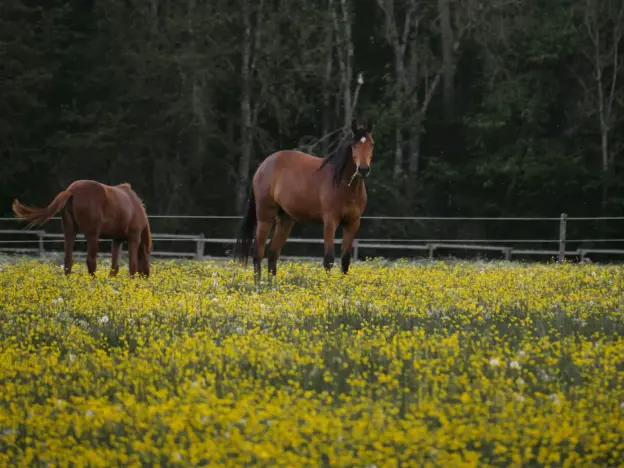
The Westfalen Pony is a sport type pony that was developed in Westphalia Germany, they are the pony version of the Westfalen Horse.
Read more
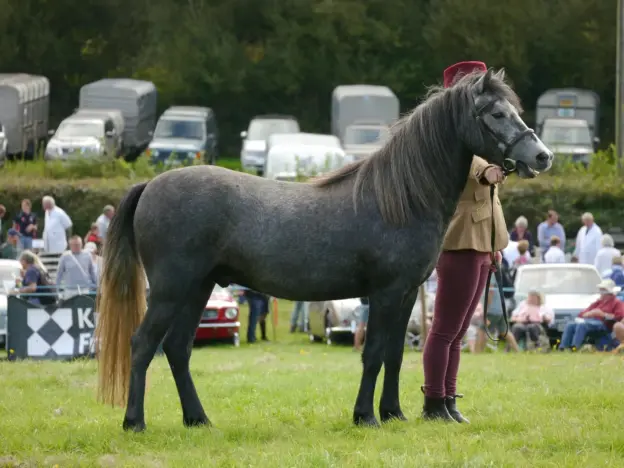
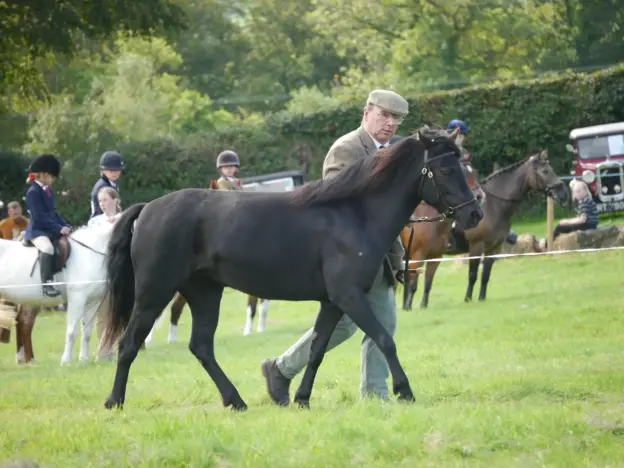
All sections of Welsh types come from Wales and the Welsh Pony registers under Section B of their studbook. This pony breed is a larger version of the Welsh Mountain Pony which was the foundation for the breed. They are classified as riding ponies.
Read more
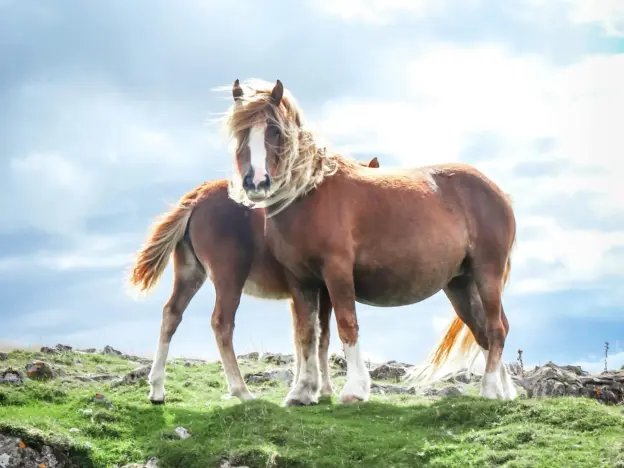
All sections of Welsh types come from Wales and the Welsh Cob registers under Section D of the Welsh Pony studbook. This area has bred a horse of cob type for centuries, useful for both farm work, carriage and riding purposes.
Read more